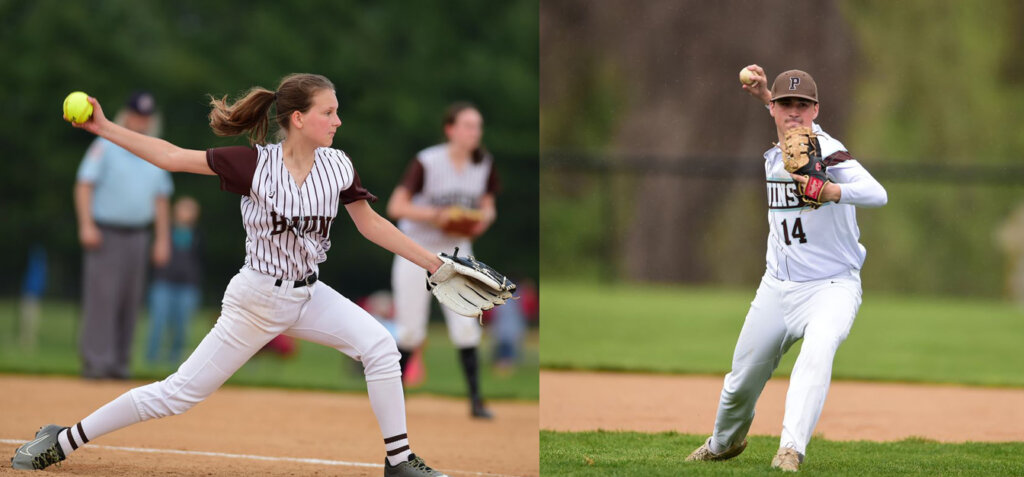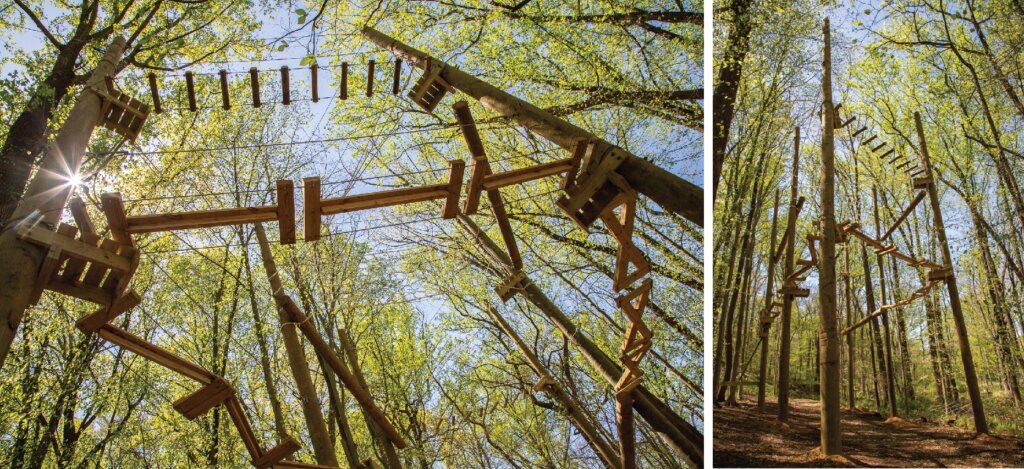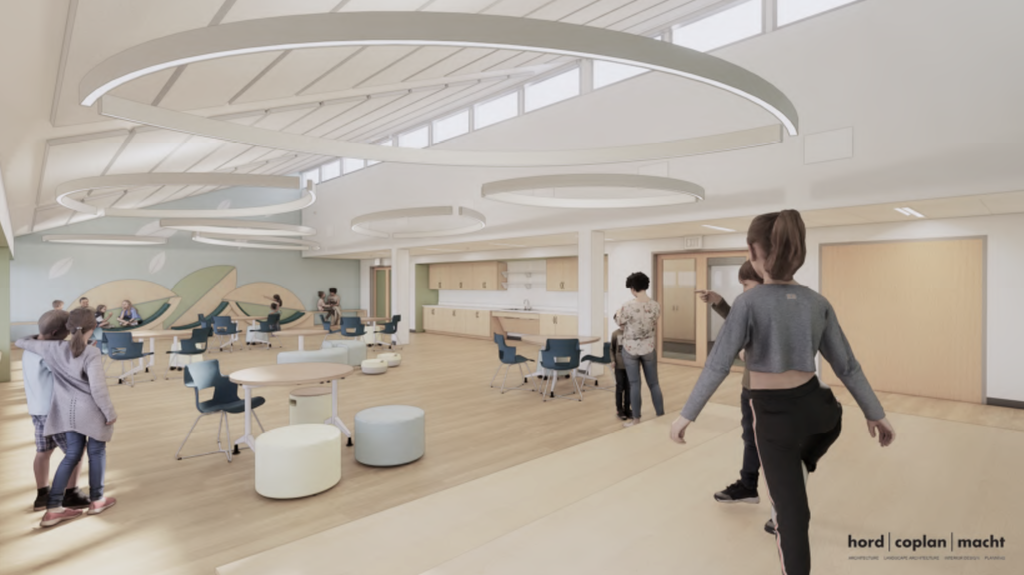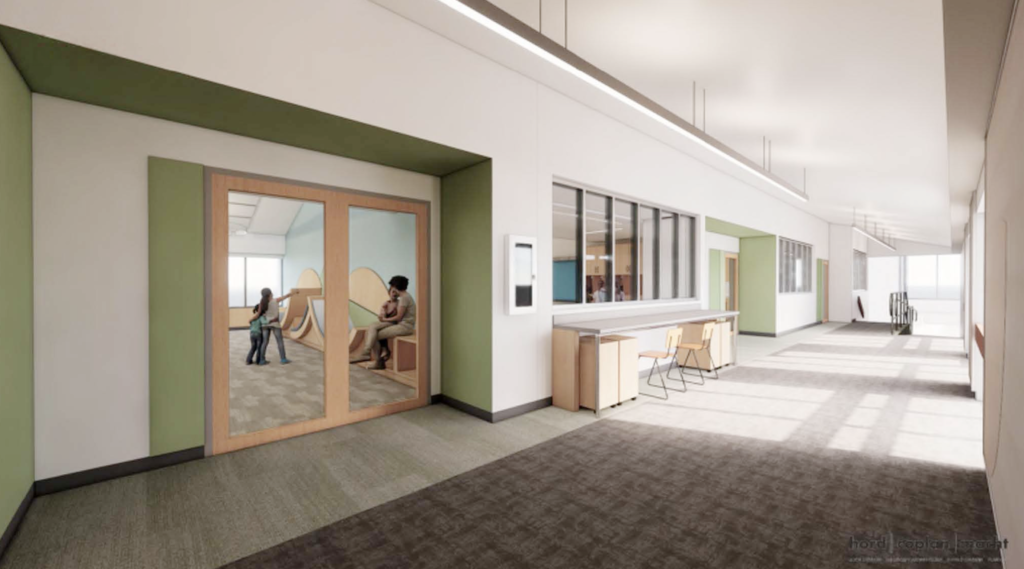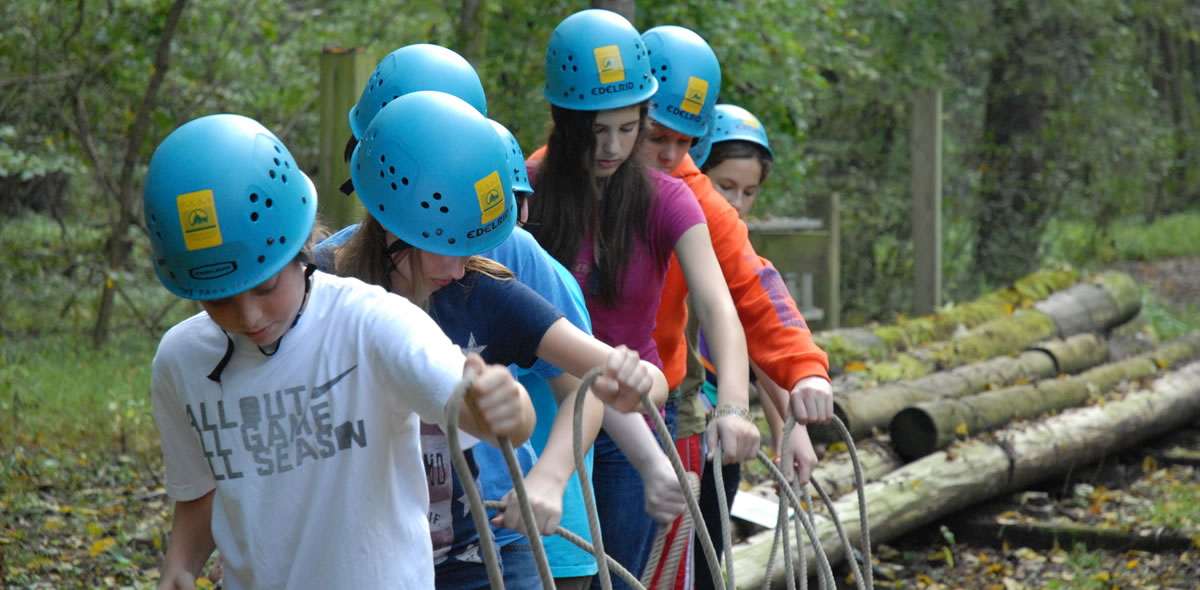Mathematics
In keeping with the guidelines set by the National Council of Teachers of Mathematics, Park’s Middle School mathematics curriculum is an integrated program that teaches students to view math in a holistic manner.
Numbers, geometry, algebra, graphing, probability, statistics, trigonometry, spreadsheets, and basic programming are the major mathematical fields studied during grades six through eight.
Emphasis is placed on the acquisition of mathematical concepts and reasoning tools as a means of promoting problem solving. Memorization of facts and application of algorithms are included, but not emphasized. The classroom environment is characterized by an inquiring atmosphere requiring student interaction, investigation, and communication. Individual as well as small group work and whole-class discussions are planned for most classes.
The mathematics department uses Connected Mathematics as its central text. This series is highly recommended by the United States Department of Education and the National Council of Teachers of Mathematics, and is now used in school districts across the United States. Supplemental material comes from various sources, including the School Mathematics Program, a highly successful British program; skill workbooks from Key Curriculum Press; and material developed by members of the department.
Sixth Grade Math
This integrated math class seeks to further students’ understanding of numbers (fractions, decimals, and percents), geometry (two-dimensional, regular, irregular, and circular shapes), pre-algebra (variables, proofs, and equations), and probability (experimental and theoretical). Students generally are not allowed to use calculators in this class so that they can focus on mastering computation.
Seventh Grade Math
This integrated math class furthers students’ understanding of algebra (linear graphs, tables, and equations; simplifying expressions; and balancing equations), geometry (three-dimensional surface areas and volumes), and the Pythagorean theorem (its derivation as well as applications in problem solving and graphing on the coordinate plane). Other areas of study include statistics (sampling and analysis of data), perspective drawing, and an investigation into great mathematicians. Texas Instruments calculators are introduced in seventh grade and students use them to plot points, analyze graphs and tables, and write simple programs.
Eighth Grade Math
The eighth grade curriculum emphasizes the study of non-linear functions (exponential and quadratic). Students continue to use graphing calculators to interpret tables and graphs, but they also practice constructing these by hand. Algebra skills are extended by simplifying and balancing increasingly complex expressions, and students apply those skills to derive formulas and solve problems involving various geometric shapes. They will also study trigonometry, recognizing the basic functions, their inverses, and graphs.
